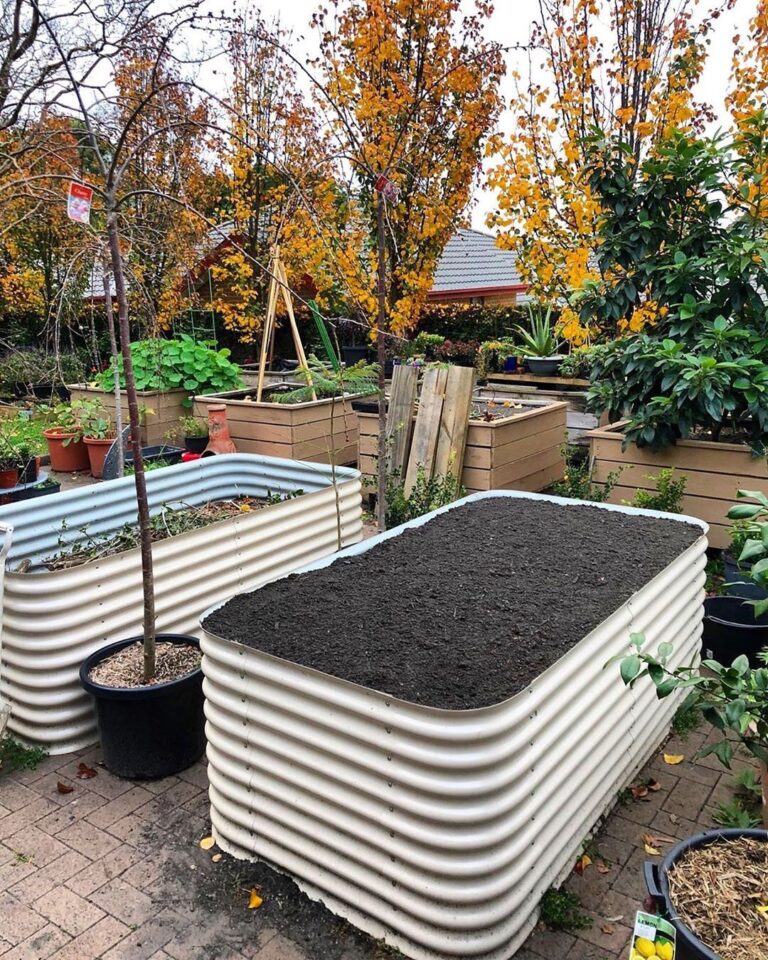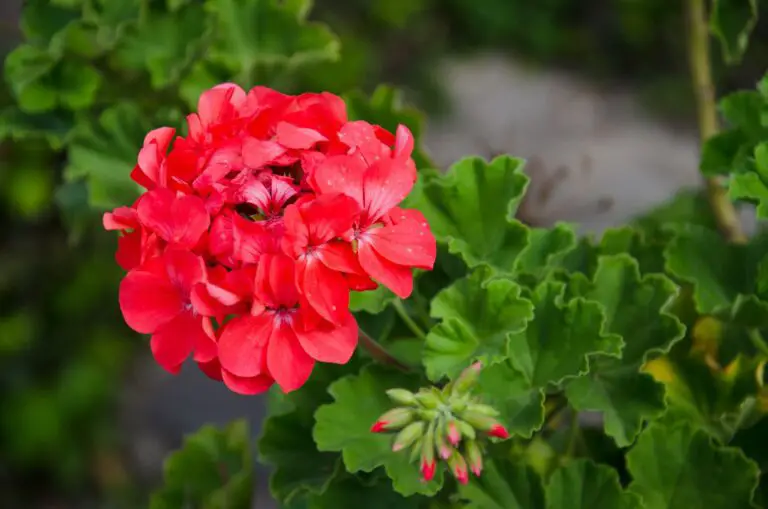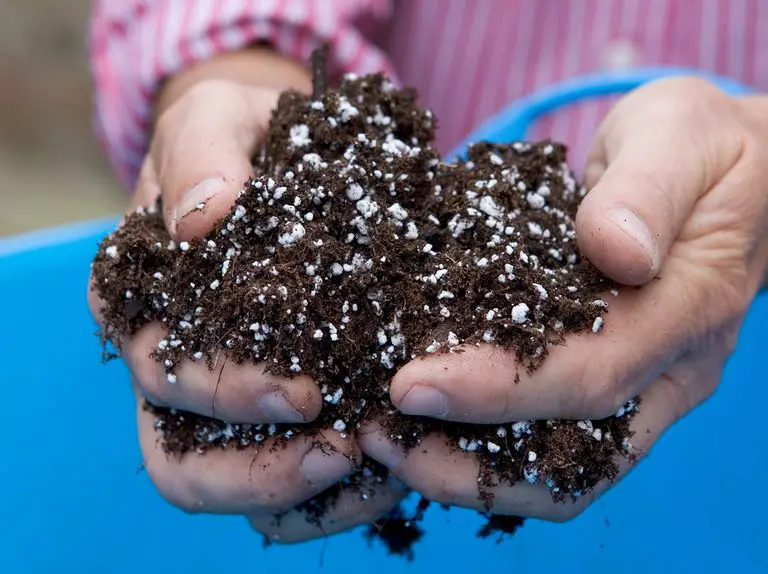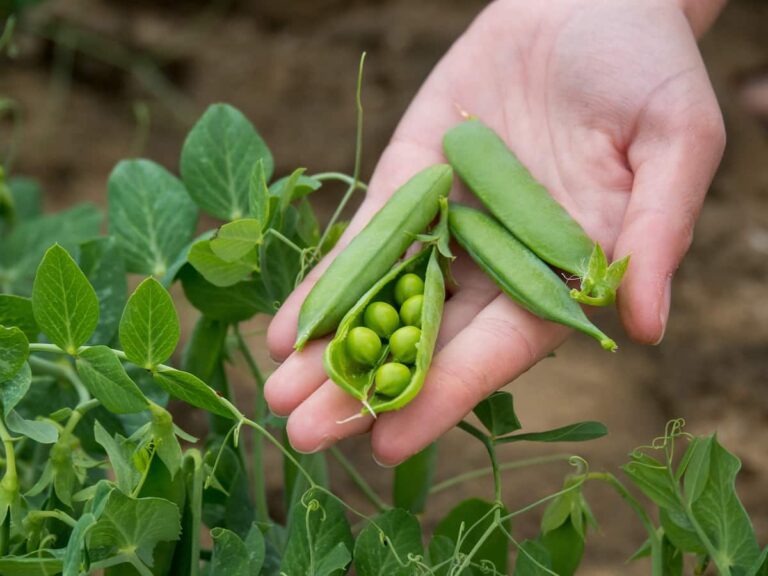Raised Bed Hoop House: Protecting Plants
Table of Contents
Benefits of Using a Raised Bed Hoop House
Raised bed hoop houses offer numerous benefits to gardeners looking to extend their growing season and protect their plants from harsh weather conditions. The controlled environment created by a raised bed hoop house allows for earlier planting in the spring and later harvests in the fall, maximizing the gardening season. Additionally, the structure provides protection from frost, wind, and pests, reducing the risk of damage to delicate plants.
The increased temperature and humidity levels inside a raised bed hoop house create an ideal microclimate for plants, promoting faster growth and higher yields. This can be especially advantageous for cold-sensitive crops or in regions with short growing seasons. By utilizing a raised bed hoop house, gardeners can enjoy a more productive and successful gardening experience year-round.
Types of Materials Needed for Building a Raised Bed Hoop House
When building a raised bed hoop house, selecting the right materials is crucial for its structural integrity and performance. The key materials needed include PVC pipes or metal conduit for the hoop structure, connectors to secure the hoops together, plastic sheeting for covering the frame, and anchors or stakes to anchor the structure to the ground. Additionally, you may require tools such as a saw for cutting the pipes to size, a drill for securing the connectors, and a hammer for driving in the anchors.
PVC pipes are a popular choice for building raised bed hoop houses due to their affordability, flexibility, and ease of use. They are lightweight, resistant to corrosion, and come in various lengths and diameters to suit different garden sizes. Metal conduit, on the other hand, offers added strength and durability, making it ideal for larger or more permanent hoop houses. When selecting plastic sheeting, opt for UV-resistant and greenhouse-grade materials to ensure longevity and optimal light transmission for plant growth within the hoop house.
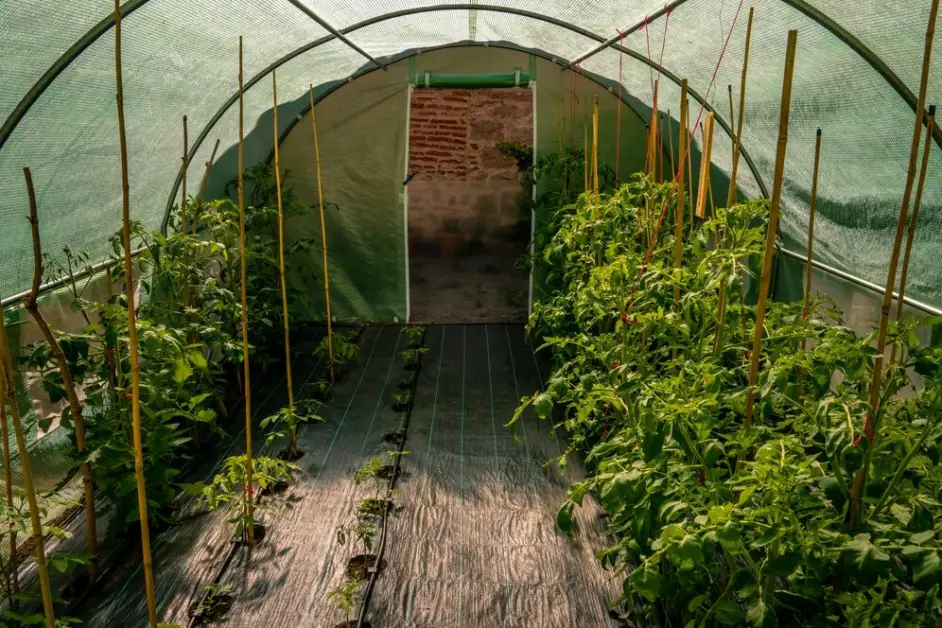
Step-by-Step Guide to Constructing a Raised Bed Hoop House
To begin constructing a raised bed hoop house, the first step is to choose a suitable location that receives ample sunlight throughout the day. It’s essential to ensure the area is level and easily accessible for maintenance tasks. Next, gather the necessary materials such as PVC pipes, connectors, plastic sheeting, and wooden boards for the raised bed frame. The PVC pipes will form the arches of the hoop house, providing structural support for the covering.
Once you have all the materials ready, start by constructing the raised bed frame to the desired dimensions. Secure the PVC pipes along the length of the bed, creating the hoops that will support the plastic covering. Attach the plastic sheeting over the hoops, ensuring it is taut and well-secured to protect your plants. Consider adding doors or vents for ventilation purposes to maintain optimal growing conditions within the hoop house. With these steps completed, your raised bed hoop house is ready to provide a controlled environment for extending your growing season and protecting your plants from harsh weather conditions.
Choosing the Right Location for Your Raised Bed Hoop House
When selecting the optimal location for your raised bed hoop house, it is crucial to consider the amount of sunlight the area receives. Choose a spot that gets ample sunlight throughout the day to ensure optimal growth of your plants. Additionally, take into account any potential obstructions such as trees or buildings that may cast shadows and hinder the sunlight exposure. Sunlight is essential for photosynthesis, the process in which plants convert light energy into chemical energy, enabling them to grow and thrive.
Furthermore, consider the accessibility of the location for maintenance and harvesting purposes. Having easy access to your raised bed hoop house will make tasks such as watering, weeding, and monitoring plant health more convenient and efficient. A location that is easily accessible will also encourage you to spend more time tending to your plants, leading to healthier and more abundant harvests.

Tips for Extending the Growing Season with a Raised Bed Hoop House
To extend the growing season in your raised bed hoop house, you can utilize various techniques that help create a favorable environment for your plants. One effective method is to install a thermostat-controlled ventilation system to regulate the temperature inside the hoop house. This will allow you to adjust the airflow based on the outside conditions, keeping your plants at an optimal temperature for growth. Additionally, using row covers or frost blankets during colder nights can provide extra insulation and protection for your crops, helping them thrive even as temperatures drop.
Another way to extend the growing season is by incorporating thermal mass into your raised bed hoop house. Materials like water containers, rocks, or bricks placed strategically within the structure can absorb heat during the day and release it at night, creating a more stable and warmer environment for your plants. This can be especially useful in early spring or late fall when temperatures fluctuate, aiding in the protection and growth of your crops. By implementing these strategies, you can maximize the potential of your raised bed hoop house and enjoy a longer growing season for your plants.
How to Protect Plants from Harsh Weather Conditions in a Raised Bed Hoop House
In a raised bed hoop house, protecting your plants from harsh weather conditions is crucial to ensure a successful growing season. Extreme temperatures, heavy rainfall, strong winds, and frost can all pose a threat to your delicate crops. Here are some effective strategies to shield your plants and maintain a thriving garden within your raised bed hoop house.
One method to safeguard your plants is to use row covers or frost cloth during chilly nights to provide insulation and prevent frost damage. Additionally, installing a shade cloth can help regulate the temperature inside the hoop house during scorching hot days, protecting your plants from heat stress and sunburn. Properly securing the hoops and covering material is essential to withstand windy conditions and maintain the structural integrity of your raised bed hoop house. By implementing these protective measures, you can create a nurturing environment for your plants to thrive, regardless of the weather challenges they may face.
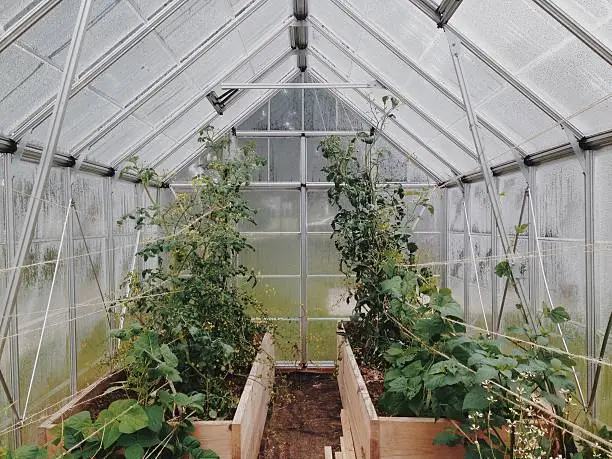
Maintaining Proper Ventilation in Your Raised Bed Hoop House
Proper ventilation in a raised bed hoop house is crucial for maintaining optimal growing conditions for your plants. Adequate airflow helps regulate temperature, humidity levels, and prevents the buildup of pests and diseases. To ensure your plants thrive, consider installing vents or windows that can be opened and closed to control airflow. Additionally, using fans or natural breezes can help circulate air throughout the hoop house, promoting healthy plant growth. Remember to monitor the ventilation regularly and make adjustments as needed based on the weather conditions and plant requirements.
Incorporating proper ventilation practices in your raised bed hoop house can significantly impact the productivity and health of your plants. By creating a well-ventilated environment, you can help prevent issues such as fungal diseases, mold growth, and poor air circulation that can hinder plant growth. Keep in mind the specific needs of your plants, as different varieties may require varying levels of airflow. By maintaining proper ventilation, you are setting the foundation for a successful growing season in your raised bed hoop house.
Common Pests and Diseases to Watch Out for in a Raised Bed Hoop House
When growing plants in a raised bed hoop house, it’s important to be vigilant against common pests and diseases that can wreak havoc on your precious produce. One pesky intruder to watch out for is the aphid. These tiny insects can quickly multiply and suck the sap from your plants, causing wilting and stunted growth. To combat aphids, introducing natural predators like ladybugs or regularly spraying with a neem oil solution can help keep their numbers in check.
Another common issue you may encounter in your raised bed hoop house is powdery mildew. This fungal disease presents as a white powdery substance on plant leaves and stems, inhibiting photosynthesis and leading to weakened plants. To prevent powdery mildew, ensure proper air circulation within your hoop house, avoid overhead watering, and consider using fungicidal sprays when necessary. By staying vigilant and taking proactive measures, you can protect your plants and maintain a thriving garden ecosystem within your raised bed hoop house.
| Pest/Disease | Description |
|---|---|
| Aphids | Small, soft-bodied insects that feed on plant sap, causing stunted growth, yellowing, and distortion of leaves. Aphid infestations can spread rapidly, particularly in protected environments like hoop houses, and may require control measures such as insecticidal soap or neem oil. |
| Whiteflies | Tiny, white flying insects that congregate on the undersides of leaves, sucking plant juices and excreting honeydew, leading to yellowing, wilting, and premature leaf drop. Whiteflies can transmit viral diseases and may necessitate the use of insecticidal sprays or yellow sticky traps for management. |
| Spider Mites | Microscopic arachnids that pierce plant cells and feed on sap, causing stippling, yellowing, and webbing on leaves. Spider mites thrive in warm, dry conditions often found in hoop houses and can be controlled with horticultural oils, insecticidal soaps, or predatory mites. |
| Powdery Mildew | Fungal disease characterized by white, powdery patches on plant leaves, stems, and flowers. Powdery mildew thrives in high humidity and can spread rapidly in enclosed environments like hoop houses. Cultural practices such as adequate spacing and good air circulation, as well as fungicidal sprays, can help manage powdery mildew. |
| Botrytis Blight | Fungal disease that causes grayish-brown lesions on leaves, stems, and flowers, often accompanied by fuzzy gray mold growth. Botrytis blight thrives in cool, humid conditions and can spread quickly in crowded or poorly ventilated hoop houses. Pruning affected plant parts and improving airflow can aid in botrytis control. |
| Tomato Hornworm | Large, green caterpillars that feed voraciously on tomato plants, defoliating foliage and causing significant damage to fruit. Tomato hornworms are often found in hoop houses and can be handpicked or controlled with Bacillus thuringiensis (Bt) insecticides. |
| Fusarium Wilt | Soilborne fungal disease that causes yellowing, wilting, and eventual death of plant tissue. Fusarium wilt can persist in raised bed soils and affect a wide range of crops grown in hoop houses. Planting resistant varieties, practicing crop rotation, and maintaining optimal soil moisture levels can help manage Fusarium wilt. |
| Damping Off | Soilborne fungal disease that affects seedlings, causing them to collapse and rot at the soil line. Damping off can occur in hoop house environments with high humidity and poor drainage. Using sterile potting mix, providing adequate spacing between seedlings, and ensuring proper watering practices can help prevent damping off. |
| Cucumber Beetle | Small, striped beetles that feed on plant leaves, flowers, and fruit, transmitting bacterial wilt and cucumber mosaic virus. Cucumber beetle populations can quickly build up in hoop houses, necessitating control measures such as insecticidal sprays or row covers to protect vulnerable crops. |
| Root Knot Nematodes | Microscopic roundworms that infect plant roots, causing galls, stunted growth, and nutrient deficiencies. Root knot nematodes can thrive in raised bed soils, particularly in hoop houses with warm temperatures. Soil solarization, crop rotation, and resistant varieties can help manage root knot nematodes. |
Regular monitoring, early detection, and integrated pest management practices are essential for effectively managing pests and diseases in raised bed hoop houses, helping to ensure healthy crop growth and productivity.
Watering Techniques for Plants in a Raised Bed Hoop House
To ensure optimal growth and health of your plants in a raised bed hoop house, mastering proper watering techniques is essential. One key method is drip irrigation, which delivers water directly to the plant roots, reducing water waste and minimizing the risk of fungal diseases. By installing a drip irrigation system in your raised bed hoop house, you can automate the watering process and maintain consistent moisture levels, promoting healthy plant development. Additionally, incorporating a rainwater harvesting system can provide a sustainable water source, reducing reliance on municipal water and lowering your environmental footprint.
Moreover, mulching around plants in your raised bed hoop house can help retain soil moisture, prevent evaporation, and suppress weed growth. Organic mulches like straw, wood chips, or grass clippings not only conserve water but also enrich the soil as they decompose. By utilizing mulching techniques in your raised bed hoop house, you can create a microclimate that supports plant growth by regulating soil temperature and moisture levels, ultimately leading to higher yields and healthier crops.
Utilizing Natural Sunlight in Your Raised Bed Hoop House
When building a raised bed hoop house, one crucial factor to consider is how to effectively utilize natural sunlight to optimize plant growth and health. Positioning your structure in a location that receives ample sunlight throughout the day is essential. Proper orientation, such as placing the longest sides of the hoop house in an east-west direction, can help ensure that sunlight exposure is maximized for the plants inside. Moreover, being mindful of any potential shading from nearby structures or trees can further enhance the amount of sunlight your plants receive, promoting photosynthesis and overall plant development.
Another strategy for utilizing natural sunlight in your raised bed hoop house is to assess the angle of the sun throughout the day and adjust the positioning of your structure accordingly. By understanding the path of the sun in different seasons, you can determine the best placement for your hoop house to capture the maximum amount of sunlight exposure. This proactive approach can help regulate temperature, promote healthy plant growth, and ultimately contribute to a successful gardening experience within your raised bed hoop house.
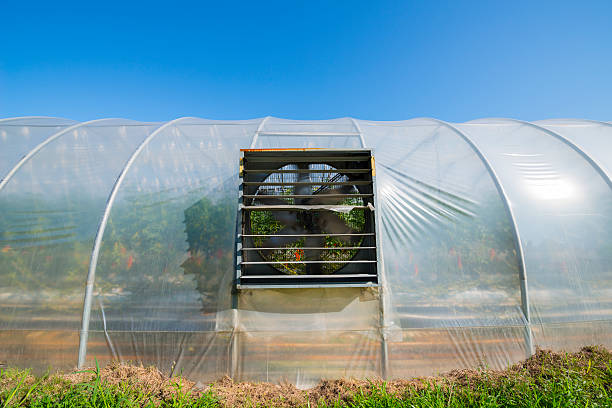
Harvesting and Storing Produce from Your Raised Bed Hoop House
Harvesting and storing produce from your raised bed hoop house is a satisfying culmination of your gardening efforts. When it comes to harvesting, timing is crucial. Pick fruits and vegetables at their peak ripeness to enjoy the best flavor and nutrition. Remember to harvest regularly to encourage continuous growth and prevent over-ripening. Proper storage is equally important for preserving the freshness of your produce. Utilize appropriate containers such as breathable mesh bags or perforated plastic bags to store your harvest in a cool, dark place with optimal humidity levels.
Storing produce like leafy greens, root vegetables, and fruits in different conditions based on their requirements will help prolong their shelf life. Consider techniques like blanching and freezing, canning, or dehydrating to preserve surplus produce for later use. Keep track of your inventory and consume the stored items within recommended time frames to ensure quality. By following these practices, you can make the most of your bountiful harvests from the raised bed hoop house throughout the seasons.
Innovative Ways to Maximize Space in a Raised Bed Hoop House
To maximize space in a raised bed hoop house, consider utilizing vertical gardening techniques. Growing vining plants such as cucumbers, beans, and peas allows you to make the most of the vertical space available. Trellises and stakes can provide support for these plants, keeping them off the ground and directing their growth upwards.
Additionally, interplanting compatible crops can optimize space within the raised bed hoop house. Pairing plants that have differing heights, growth habits, and root structures can help you make efficient use of every inch of growing space. For example, planting shallow-rooted lettuce alongside deep-rooted carrots can maximize the use of soil depth while preventing competition for resources. By thoughtfully planning your planting layout and focusing on vertical growth, you can create a thriving and productive garden within your raised bed hoop house.
Seasonal Maintenance Tasks for Your Raised Bed Hoop House
When it comes to maintaining your raised bed hoop house throughout the changing seasons, there are several essential tasks to keep in mind. As the weather shifts, adjusting the ventilation in your hoop house is crucial to ensure proper airflow for your plants. Regularly inspecting for any signs of wear and tear on the structure, such as loose connectors or tears in the covering, can help prevent larger issues down the line.
Additionally, each season brings its own set of challenges for gardeners. In the winter months, it’s important to clear off any snow accumulation on the hoop house to prevent damage and allow sunlight to reach your plants. As spring approaches, tidying up the interior and preparing the soil for planting will set the stage for a successful growing season ahead.
Benefits of Crop Rotation in a Raised Bed Hoop House
Crop rotation in a raised bed hoop house is a beneficial practice that can help maintain soil fertility, prevent nutrient depletion, and reduce the risk of pest and disease buildup. By rotating crops in different bed sections each growing season, gardeners can break the life cycles of pests and diseases that target specific plant families. This can lead to healthier plants, improved yields, and overall sustainability of the garden ecosystem.
Furthermore, crop rotation aids in balancing soil nutrients as different plants have varying nutrient needs. By alternating crops in a raised bed hoop house, gardeners can ensure that the soil is not depleted of essential nutrients, promoting long-term soil health and enhancing the overall productivity of the garden. Rotation also helps in reducing the need for chemical fertilizers and pesticides, contributing to a more environmentally friendly and sustainable gardening approach.
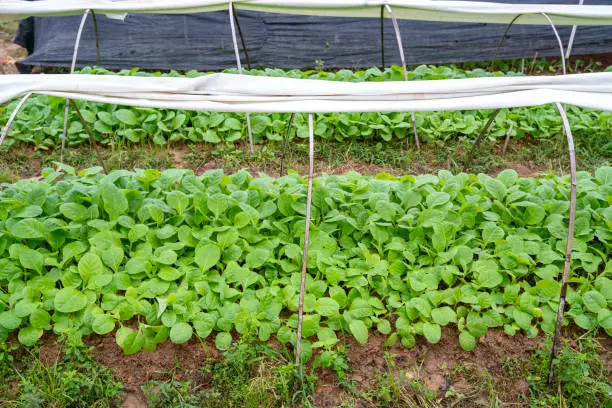
Companion Planting Strategies for a Productive Raised Bed Hoop House
Companion planting in a raised bed hoop house involves strategically pairing different plant species to enhance growth, deter pests, and optimize space utilization. By understanding the symbiotic relationships between plants, gardeners can create a harmonious environment that promotes productivity and minimizes the need for synthetic interventions. For instance, planting marigolds alongside tomatoes can help repel nematodes and certain pests due to the marigolds’ natural insect-repelling properties. Another beneficial pairing is basil with peppers, as basil can improve the flavor of peppers while also deterring pests like aphids and spider mites.
In addition to pest control and flavor enhancement, companion planting can also improve nutrient uptake and soil health in a raised bed hoop house. For example, planting legumes such as peas and beans alongside heavy feeders like corn or squash can help fix nitrogen in the soil, providing a natural source of fertilizer for the neighboring plants. Similarly, intercropping aromatic herbs like dill or cilantro with leafy greens can confuse pests and attract beneficial insects, creating a more balanced and resilient ecosystem within the confined space of a raised bed hoop house.
Creating a Sustainable Garden Ecosystem with a Raised Bed Hoop House
Creating a sustainable garden ecosystem with a raised bed hoop house involves harnessing the benefits of controlled environments to optimize plant growth and health. By implementing eco-friendly practices and maximizing space efficiency, gardeners can cultivate a diverse range of plants while minimizing environmental impact. The integration of companion planting strategies and crop rotation techniques further enhances productivity and fosters a harmonious balance within the garden ecosystem.
Incorporating sustainable gardening principles into a raised bed hoop house not only promotes environmental stewardship but also nurtures a thriving ecosystem where plants, beneficial insects, and microorganisms synergistically interact to support each other’s growth. By adopting these practices, gardeners can enjoy bountiful harvests, reduce reliance on chemicals, and contribute to the overall health of the garden while fostering a deeper connection to nature.
Can I use a raised bed hoop house year-round?
Yes, with proper insulation and heating measures, you can use a raised bed hoop house year-round to extend your growing season.
How can I prevent mold and mildew growth in my raised bed hoop house?
To prevent mold and mildew, ensure proper ventilation by opening up the ends of the hoop house on warm days and using fans to circulate air.
Is it necessary to use organic soil in a raised bed hoop house?
While organic soil is preferred for sustainability reasons, you can use any high-quality soil in your raised bed hoop house.
Can I grow a variety of plants in a raised bed hoop house?
Yes, you can grow a wide variety of plants in a raised bed hoop house, as long as they have similar sunlight, water, and temperature requirements.
How can I make my raised bed hoop house more eco-friendly?
To make your raised bed hoop house more eco-friendly, consider using sustainable materials, incorporating composting practices, and utilizing natural pest control methods.
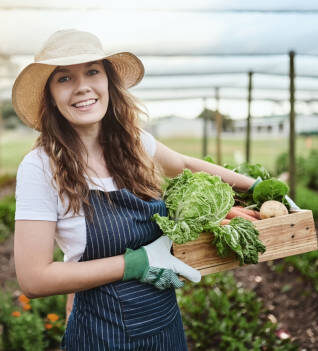
Beck Wakeford is a dedicated writer at SouthElMonteHydroponics, with a fervent enthusiasm for agriculture and technological innovation. Armed with a degree in Agricultural Engineering from a leading university, Beck specializes in hydroponic systems design, automation, and optimization. Their passion for merging traditional farming with cutting-edge technology drives them to explore novel solutions for sustainable food production. Beck’s expertise and keen interest in the intersection of engineering and agriculture make them a valuable asset in the quest for efficient and eco-friendly farming practices. Through their writing, Beck aims to inspire others to embrace the potential of hydroponics in shaping a more sustainable future.

